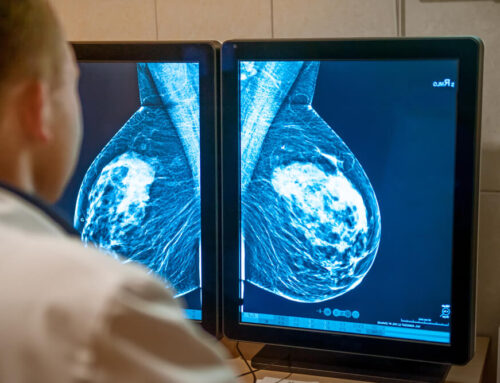Let’s face it. Breast cancer survivors are real-life superheroes. This is due to the intense treatment they face and losses they undergo during the process. One of the most intense and emotional procedures is a breast cancer mastectomy. It is one of the treatment options of breast cancer, so it is good to be aware of what it is and what the odds are that you or your loved one may undergo one. It’s important to note that there are different types of mastectomy that involve different medical approaches and diagnoses. Nevertheless, a consistent theme among all types of mastectomy is breast tissue removal. Each type serves a different purpose and patient. Our personalized approach to breast health at Breast Care Center Miami ensures that you will receive the treatment that is best for you or your loved one.
What is a mastectomy
Before we dive into the types of mastectomy, let’s define what a mastectomy is in more detail. It is more than just breast removal. A simple mastectomy will encompass a total removal of the breast, nipple, and sometimes the lymph nodes located in the underarm. Depending on how far cancer has spread, you may or may not need a total mastectomy. The good news is that there have been new developments and surgical breakthroughs over the last few years that are less invasive. Some factors that are used to help determine whether you qualify for a mastectomy are:
- Age
- Health
- Menopause status
- Size of tumor
- Stage of tumor
- Grade of tumor
- Hormone receptor status of tumor
- Lymph nodes affected
Types of mastectomy
Considering the factors listed above, you may need one of several types of mastectomy. The purpose of all mastectomy is to prevent cancer from spreading. There are five types of mastectomy that include:
- Preventative – Also known as prophylactic mastectomy. Women may elect to get another breast removed after the first one as a preventative measure. According to breast cancer studies, prophylactic mastectomy decreases the likelihood of breast cancer by 90%. Breast reconstruction can also be done at this time. This also qualifies as a total mastectomy.
- Partial – Partial mastectomy is most often performed on women with stage I or stage II cancer and is a breast-conserving procedure in which the tumor and the tissue around it are removed. There are two types of partial mastectomies that include lumpectomy or quadrantectomy. A lumpectomy is focused on removing the tumor and tissues surrounding it. A quadrantectomy is a more expansive procedure as it implies the removal of the tumor and more tissue around it. A follow up to this surgery is radiation therapy and most often requires more surgery.
- Radical – For this procedure, the entire breast is removed, including the nipple. The overlying skin and muscles beneath the breast and the lymph nodes are also removed. This surgery is only recommended if cancer has spread into the chest muscles but is rarely performed.
- Modified radical – This less traumatic procedure is meant to address the same issues as a radical mastectomy as a less disfiguring alternative. The chest muscles are left intact but the skin around the chest wall may or may not be. Breast reconstruction is likely after this procedure as well.
- Nipple-sparing – During this procedure, all of the breast tissue is removed and the nipple is left alone. The ducts leading up to the nipple and areola are also removed but the skin of the nipple is still saved.
Variants of breast cancer
There are different types of breast cancer that may warrant a mastectomy. Regardless of the breast cancer type, your physician and breast specialist will provide an adequate recommendation. Some of the types of breast cancer that may need mastectomy include:
- Ductal carcinoma in situ, also known as noninvasive breast cancer
- Stages I and II breast cancer, also known as early-stage breast cancer
- Stage III, also known as locally advanced breast cancer, after chemotherapy
- Inflammatory breast cancer, after chemotherapy
- Paget’s breast disease
- Recurrent localized breast cancer
Other reasons for a mastectomy rather than lumpectomy:
- 2 or more tumors present in different regions of the breast
- Widespread malignant appearing calcium deposits throughout the breast
- Pregnancy and radiation pose a risk to your child
- You’ve already had a lumpectomy but it wasn’t effective
- You are more susceptible to breast cancer because of a genetic predisposition
- Presence of a big tumor in relation to your breast size
- Presence of connective tissue disease that may not react well to radiation

Request a breast specialist today
If you or your loved one are considering a mastectomy or if you have questions about breast cancer treatment, give us a call today. Our board-certified and fellowship-trained breast specialists are seasoned experts in breast health and breast cancer treatment. Breast Care Center Miami personalized and comprehensive care and approach to breast health is unmatched. As part of the Topline MD Alliance, our patients have access to a top-quality healthcare network. We’d love to answer any questions you have about breast cancer treatment options. Request an appointment today.







Leave A Comment
You must be logged in to post a comment.